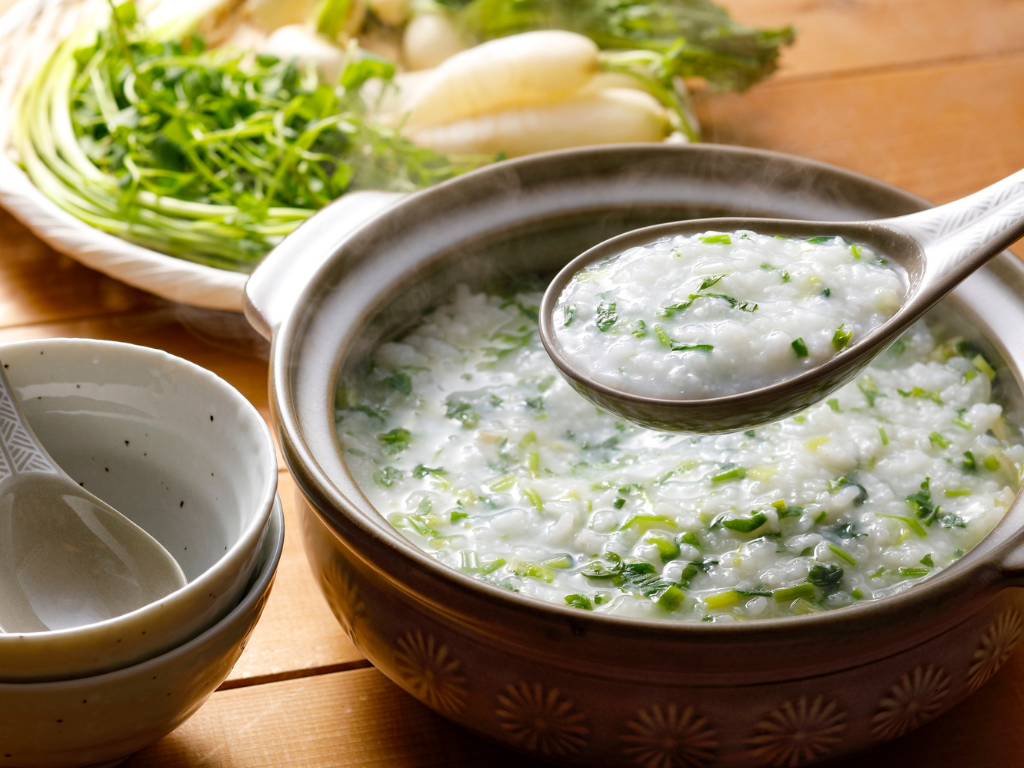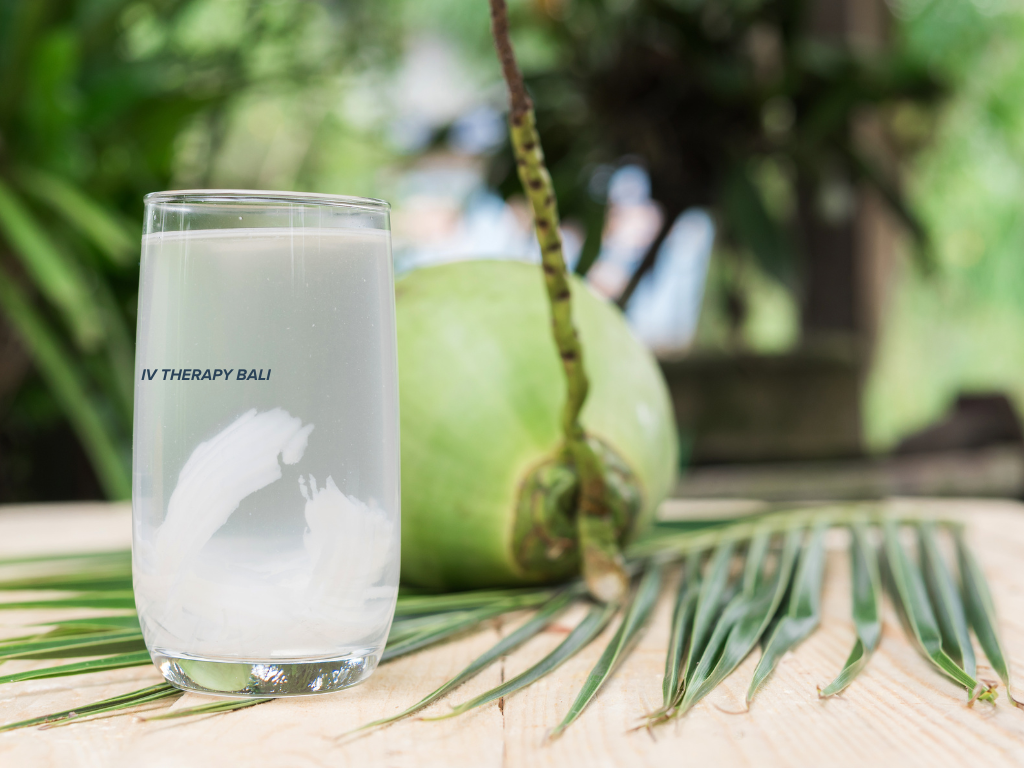A tropical breakfast in Bali—enjoy local flavors safely! 🌴 Bali Belly sounds like a fun cocktail, but it’s actually traveler's diarrhea. It’s a form of infectious gastroenteritis you catch from eating or drinking contaminated food or water. Travelers in Bali often encounter microbes (bacteria, viruses or parasites) that their bodies aren’t used to. Symptoms usually start a day or two later, causing stomach cramps, loose/watery stools, nausea – and sometimes a mild fever 🤒. It can be unpleasant, but most Bali Belly cases are moderate and clear up in a few days with rest and hydration.
In contrast, food poisoning means you’ve eaten something bad and get sick from it. It happens when a meal is contaminated (say with Salmonella or other bacteria/viruses/toxins). ood poisoning often comes on very quickly – within just a few hours of the meal – and usually includes more acute symptoms. You might suddenly get violent vomiting or diarrhea, stomach cramps, and often a high fever and chills 😷. Essentially, your body is trying to purge the toxin. The good news is food poisoning often resolves in a day or two once your body expels the bad stuff whereas Bali Belly (being like a stomach flu) can linger a bit longer.
Bali Belly vs Food Poisoning: Side-by-Side
| Feature | Bali Belly (Traveler’s Diarrhea) | Food Poisoning |
|---|---|---|
| Cause | Microbes in contaminated water/food (bacteria like E. coli, parasites, viruses). Typically due to local germs in Bali’s food or water. | Contaminated food or drink with pathogens or toxins (often bacteria like Salmonella or toxins from Staph aureus). Usually linked to a specific spoiled meal. |
| Onset (after exposure) | Usually 24–72 hours later (longer incubation, like a stomach flu). | Often very fast: about 2–6 hours after eating the bad. |
| Common Symptoms | Frequent watery diarrhea, stomach cramps, nausea, possibly a low-grade fever🤒. Fatigue or general malaise is common. | Diarrhea and/or vomiting with intense stomach pain. More likely to include high fever, chills or muscle ache. The vomiting tends to be stronger and more sudden. |
| Duration | Usually a few days (about 3–4 days) before clearing up. It typically resolves on its own with time. | Often resolves in 1–2 days for mild cases (though severe cases can last longer). In general, food poisoning “runs its course” faster than Bali Belly. |
| Who’s affected | Most common in travelers to Bali or other developing regions. Locals usually have more immunity to local germs. | Anyone who eats contaminated food – often affects everyone who shared the meal. Not limited to travelers. |
| Treatment | Fluid and rest: drink plenty of safe water or oral rehydration solutions, eat bland foods. Most cases improve without antibiotics. Avoid alcohol/spicy foods until better. | Fluid and rest as well: replace fluids and salts (see Fluid & Electrolytes below). No “magic cure” – your body needs time. Severe cases may need medical care. |
In both Bali Belly and food poisoning, the first aid is essentially the same: rehydrate and rest. As the CDC notes, “replacing lost fluids and electrolytes” is crucial. Oral rehydration solutions (ORS) like Pedialyte are ideal – sports drinks don’t replace salts correctly. Bismuth subsalicylate (e.g. Pepto-Bismol) can shorten diarrhea a bit if you have no fever, but avoid anti-diarrheal pills if you have a high fever or blood in your stool. In both conditions, the best medicine is time: your body fights off the germs and you should start feeling better in a few days.

Healthy smoothie bowls and fruits can soothe a sensitive stomach. After an upset stomach, focus on gentle, nourishing foods. Stick to simple bland meals (the famous “BRAT” diet: bananas, rice, applesauce, toast) and broths. Even though Bali’s smoothie bowls and tropical fruit (like the ones pictured) look tempting, make sure all ingredients are clean (washed in bottled/boiled water). Once vomiting subsides, you can sip ginger tea, toast, or crackers. Slowly return to your normal diet as you feel better.

💧 Drink safe water: Use bottled or boiled water for drinking and brushing teeth. Skip ice cubes and avoid raw produce unless peeled or washed in clean water.

🧼 Wash hands & choose clean food: Wash hands with soap often, especially before eating. Eat at reputable restaurants or stalls where food is fully cooked and hot.

🥤 Replace salts: Sip oral rehydration solution (like Pedialyte) or an electrolyte drink rather than plain. For severe dehydration, some travelers even use a professional IV drip (sometimes called an iv drip Bali) under medical care.

🍌 Gentle diet: Eat mild foods that are easy on the stomach (bananas, plain rice, boiled potatoes, clear soup). Avoid dairy, fatty or spicy dishes until fully recovered.

👩⚕️ Know when to see a doctor: Watch for red flags. If you develop high fever, blood or mucus in the stool, severe pain, or cannot keep any fluids down, seek medical help immediatelyen.wikipedia.org. Also see a doctor if symptoms last beyond a few days or worsen.
Both Bali Belly and food poisoning can be managed at home in most cases, but don’t hesitate to get professional help if needed. Bali has good medical resources; doctors and clinics are used to treating traveler illnesses.
For example, if dehydration becomes severe, a nurse can even come to you for an IV. In fact, the company IV Therapy Bali operates in Gianyar, Bali, offering on-call IV drip hydration and home visits by a general practitioner. While rest and fluids are key, having access to a general practitioner 👩⚕️ or IV therapy in Bali can give peace of mind when your stomach is acting up.
Always follow medical advice, but armed with this knowledge, you’ll be better prepared to tell Bali Belly and food poisoning apart and take care of yourself.